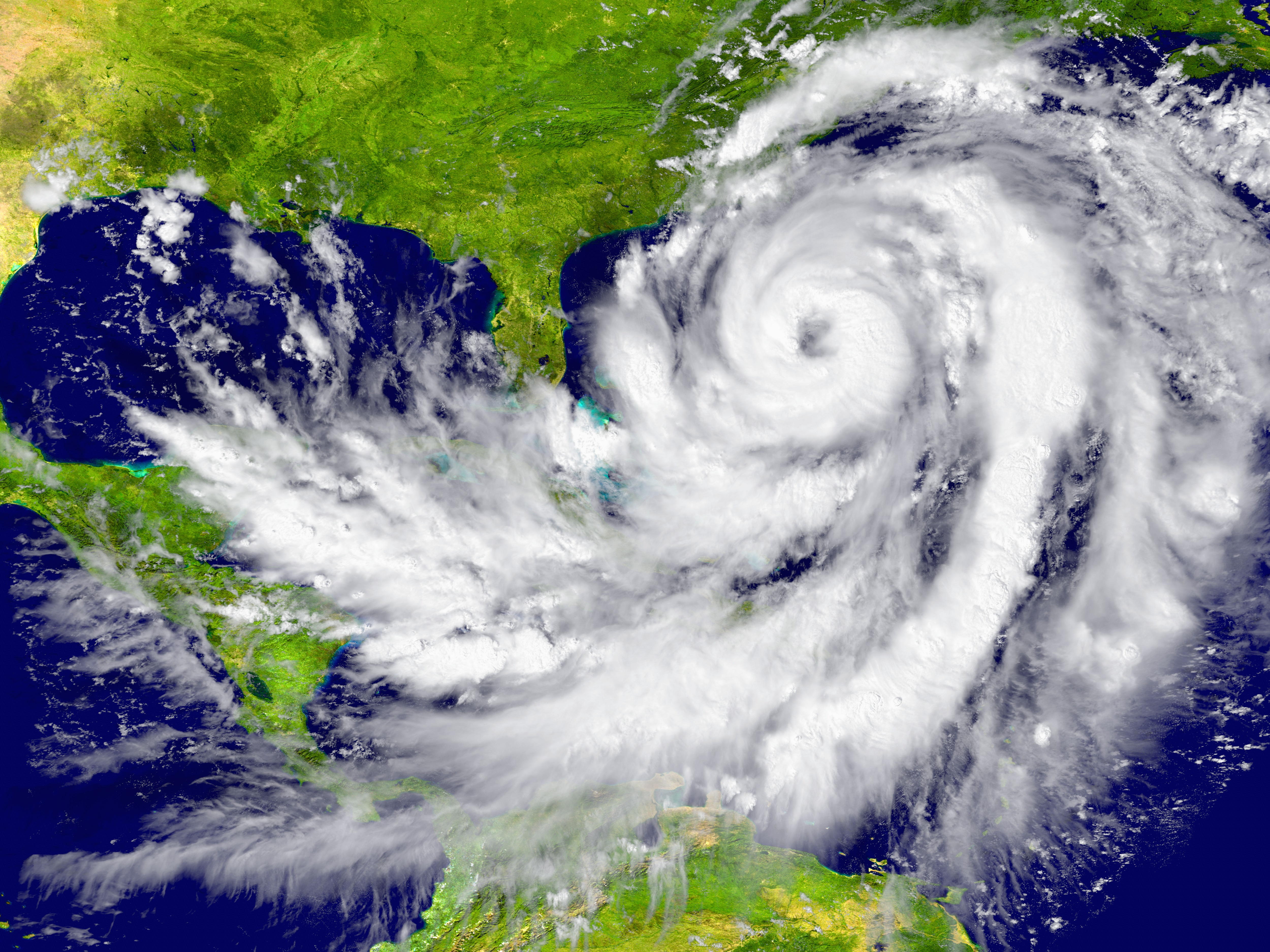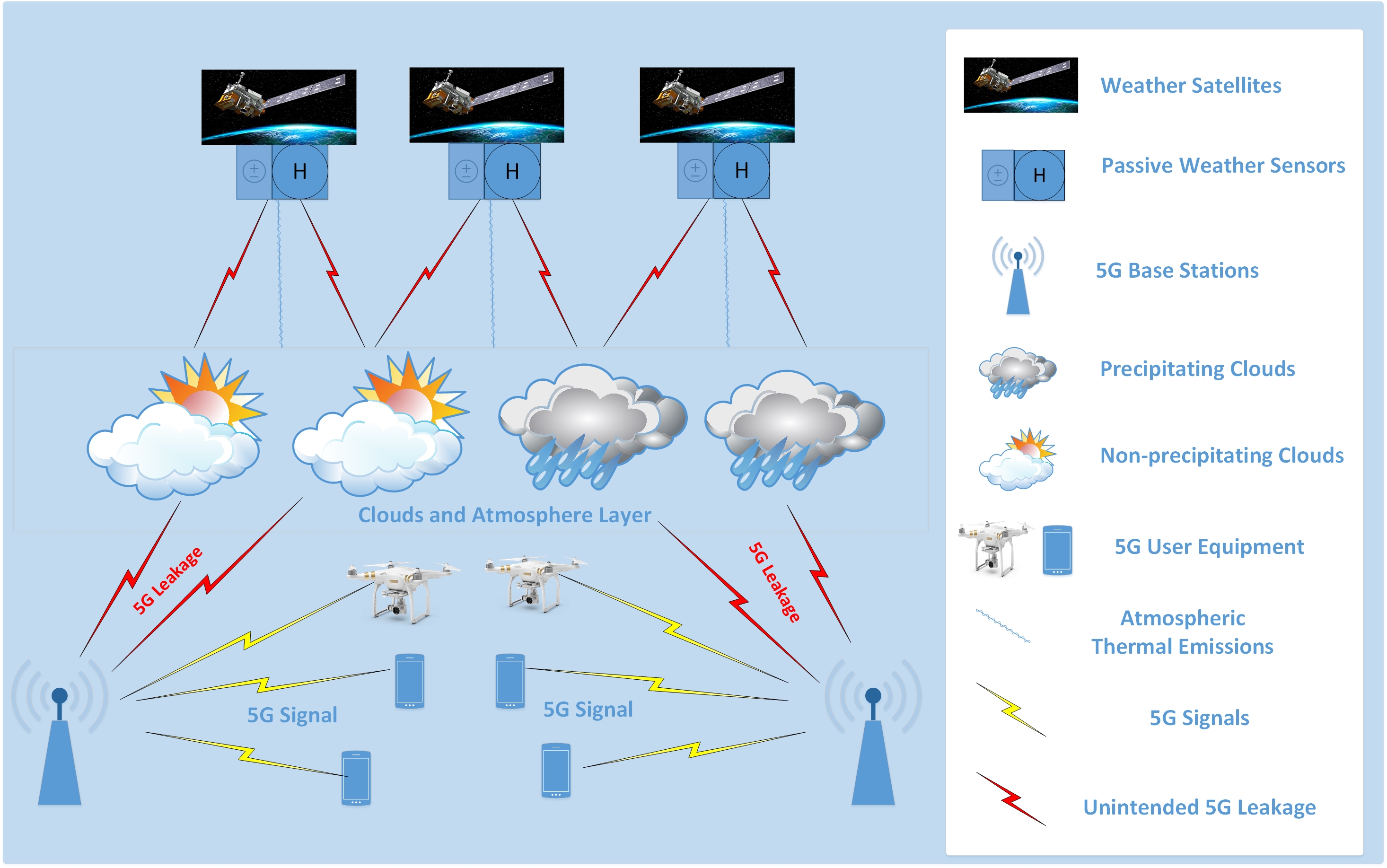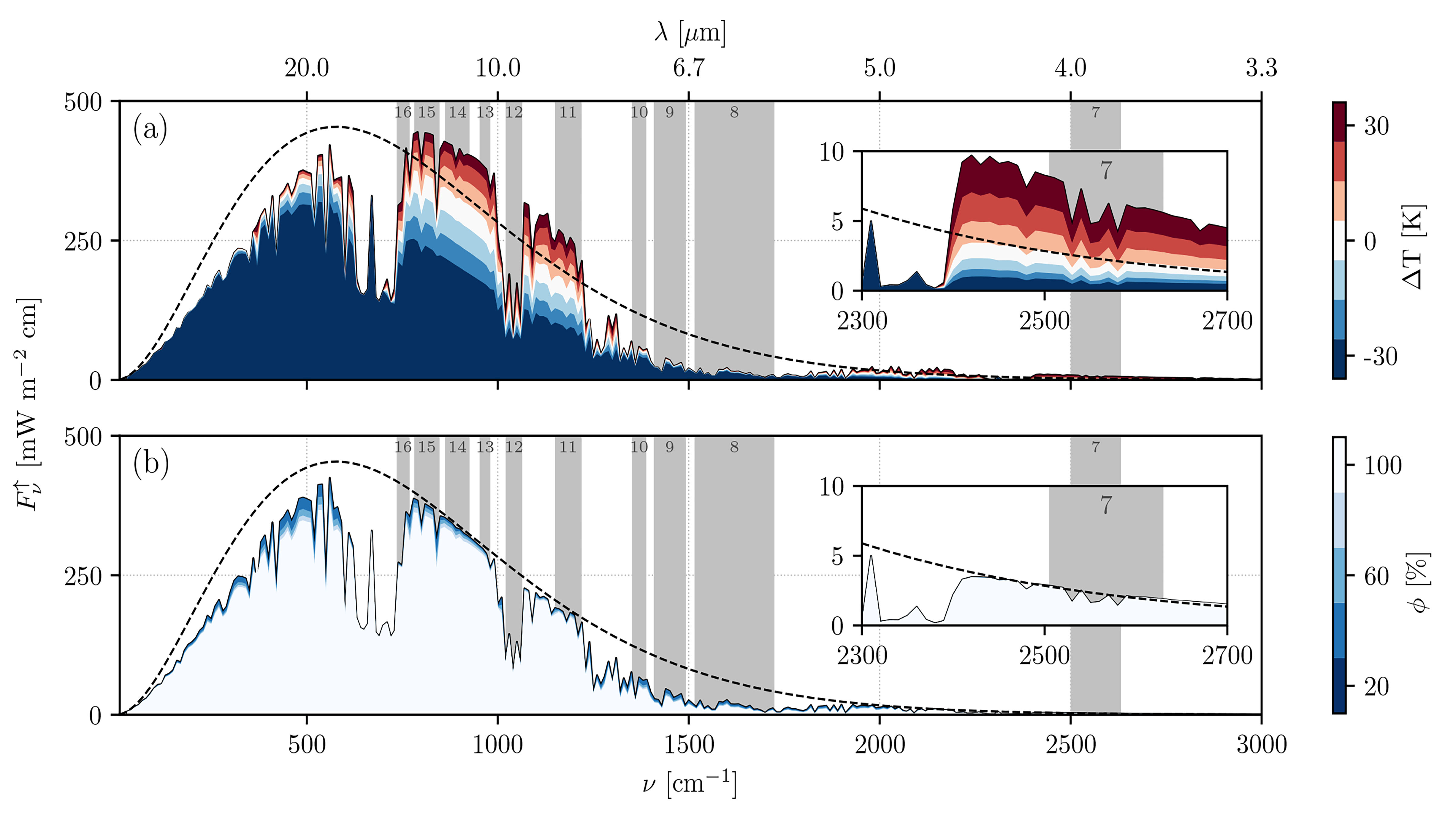Regional wind data from around the U.S. helps improve a national weather forecasting model, which allows utility companies better plan for windy days
Tag: weather forecasting
Sandia switches to hydrogen weather balloons
More than three years ago, the Sandia National Laboratories-operated atmospheric measurement facility in Alaska switched from launching helium-filled weather balloons to launching weather balloons filled with hydrogen produced on-site. By switching the gas used in their weather balloons, it has reduced its metaphorical footprint on the fragile Arctic ecosystem. Since then, the site has launched nearly 5,000 hydrogen balloons with minimal issues.
Physicists Uncover New Dynamical Framework for Turbulence
Physicists at Georgia Tech have proven — numerically and experimentally — that turbulence in fluid flows can be understood and quantified with the help of a small set of special solutions that can be precomputed for a particular geometry, once and for all.

FAU Experts for the 2022 Hurricane Season
With the 2022 Atlantic hurricane season forecast to be above average activity with a higher probability of major hurricanes making landfall along the continental U.S. coastline, several FAU faculty experts are available to discuss various issues surrounding hurricane preparedness, evacuation and aftermath.
Better hurricane forecasts from use of infrared satellite measurements of cloudy skies
Weather forecast models have long struggled to integrate satellite observations of infrared radiation in cloudy regions of the sky.
Researchers aim to advance NY winter-storm emergency response
Partnering with community organizations, Cornell University researchers are developing and planning a hyperlocal weather forecasting system designed to improve winter-storm emergency response and enhance natural disaster coordination for New York state’s rural communities.
Word choice matters in weather communications
Research shows certain phrases can make people feel helpless when facing storms

5G Wireless May Lead to Inaccurate Weather Forecasts
Upcoming 5G wireless networks that will provide faster cell phone service may lead to inaccurate weather forecasts, according to a Rutgers study on a controversial issue that has created anxiety among meteorologists.

Novel Measurement and Forecasting Systems Make ‘Weathering the Storm’ More Precise
In the last several decades, more than half of the deaths associated with tropical cyclones in the U.S. were due to inland flooding. Unfortunately, current forecasting capabilities are limited. Researchers are developing a warning system for more accurate and timely detection and forecasting of inland and coastal floods, under a variety of precipitation regimes. The technology will enable local and state governments to more effectively plan and respond to tropical storms.

Solar Power Plants Get Help from Satellites to Predict Cloud Cover
Cloud cover is often characterized in simple terms, such as cloudy, partly cloudy or clear. This does not provide accurate information for estimating the amount of sunlight available for solar power plants. In this week’s Journal of Renewable and Sustainable Energy, a new method is reported for estimating cloud optical properties using data from recently launched satellites. This new technique is known as Spectral Cloud Optical Property Estimation, or SCOPE.
UW’s new broadcast meteorology course is first on West Coast
The University of Washington has long boasted one of the country’s top programs in atmospheric sciences. Now, the UW is also teaching undergraduates how to share that knowledge online and on TV as a broadcast meteorologist.